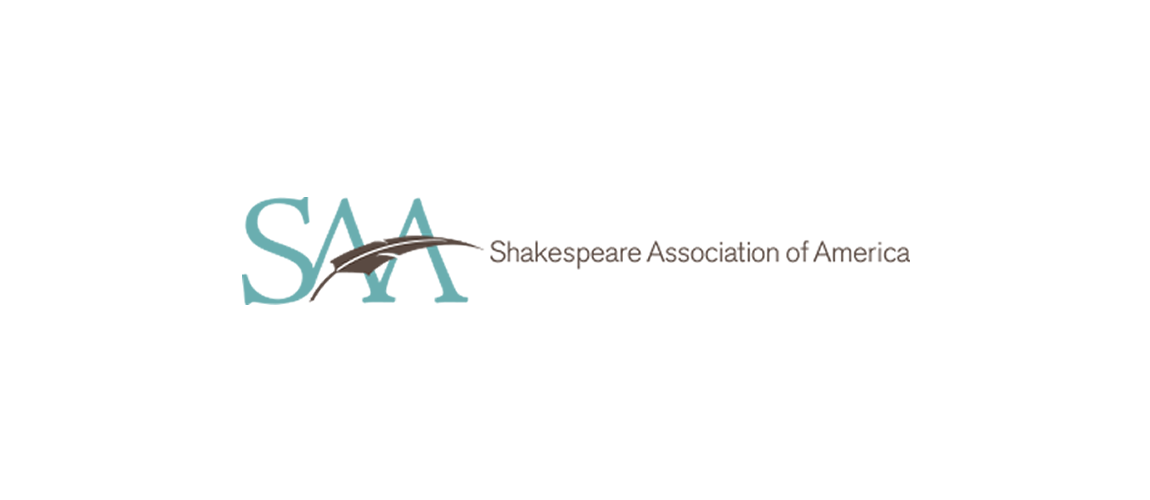On Saturday, April 4th in Vancouver, I had the privilege to present the MLab’s Kits for Cultural History research at the Shakespeare Association of America’s annual meeting. My talk was part of a panel titled, “The Way We Think Now: Shakespearean Studies in the Digital Turn,” with Ellen MacKay (Indiana University), Christopher Warren (Carnegie Mellon University), Jen Boyle (Respondent, Coastal Carolina University), and Gina Bloom (Chair, University of California, Davis). It was an honor to be in such brilliant company, and I want to thank MacKay for inviting Bill Turkel (Western University) and me to speak at SAA. (Turkel was not able to attend. I wrote and delivered the talk on behalf of the Kits team.)
The slides for my SAA talk are available at jentery.github.io/saa/ (source files at github.com/jentery/saa/tree/gh-pages). During the talk, I concluded with some issues anchored in what—following feedback from Kari Kraus, Devon Elliott, Edward Jones-Imhotep, Kevin Kee, and Turkel—I’m calling a “license for speculation” in media history. That concluding portion of the talk is below, together with a drawing, by Danielle Morgan, of a stick-pin from our early wearables kit. Feedback welcome!
Literary and media studies tell us how histories of technologies are rife with contingencies that are frequently erased or ignored after the fact. In the particular case of Gustave Trouvé’s electric jewelry, our approach in the Maker Lab raises numerous epistemological questions about doing media history today, especially through emerging technologies. While unpacking these issues is beyond the scope of this talk, I will briefly outline them here.
First, when seeing the past through today’s technologies, how should scholars conjecture about materials—such as inaccessible, broken, or dead media—not at hand? In other words, when and on what grounds do we have license for speculation? Once articulated, such a license could spark more than a mere repurposing of new gadgets for historical purposes. It could support a legible methodology for doing media history computationally.
Second, a growing concern about remaking old media is how to better translate computation into cultural criticism. In many ways, these concerns rehearse longstanding debates about “critical” distance and “uncritical” immersion in scholarly research. For example, where Victorian electric jewelry is concerned, we must ask how the very act of remaking now cannot be completely detached from material conditions then, including how jewelry visibly marked class, reified gender, and sourced its materials and labor from Europe’s colonies. Although Trouvé’s electric jewelry was satirical and never intended as fine art, it was not somehow divorced from the inequalities of its time, either. But does immersion in technological processes help scholars better understand historical forces? Does it further our complicity with them? At the moment, my argument for the Kits involves a combination of immersion and distance, without the assumption that we can ever perceive like anyone did back then. Still, the details and consequences of such a method need to be further tested, especially as they relate to media history as a form of social and material history. Until then, remaking old media may fail to convince historians and critics.
Finally, as technologies such as photogrammetry and 3D scanning become ubiquitous, scholars need to further explore the effects of their naturalization through digital devices—to tease out when editorial decisions are delegated to them, how, under what assumptions, and to what effects. Without such attention, we risk running history in the background.
Post by Jentery Sayers, attached to the KitsForCulture project, with the news tag. Featured image for this post care of the Shakespeare Association of America. Stick-pin drawing care of Danielle Morgan.


